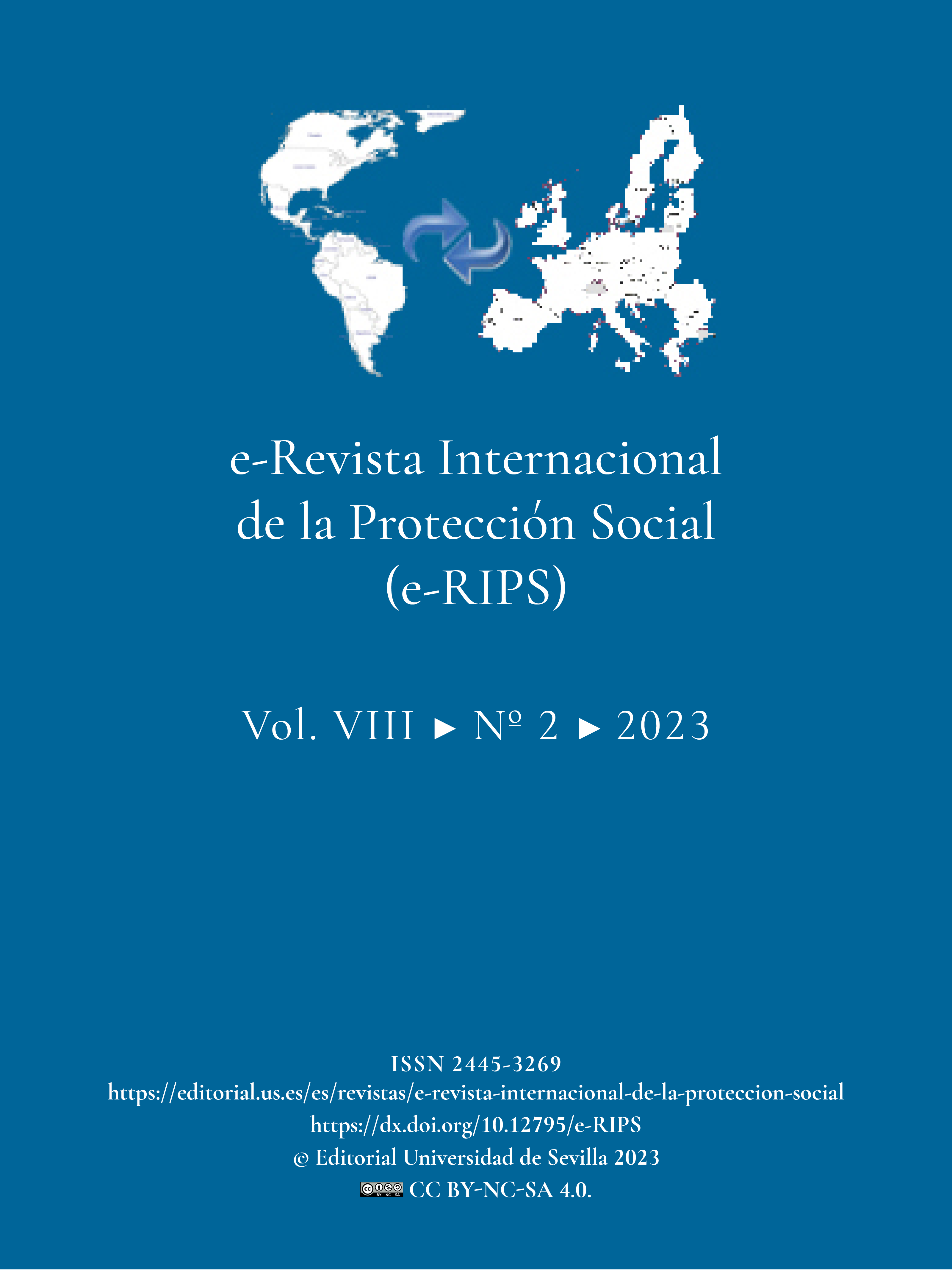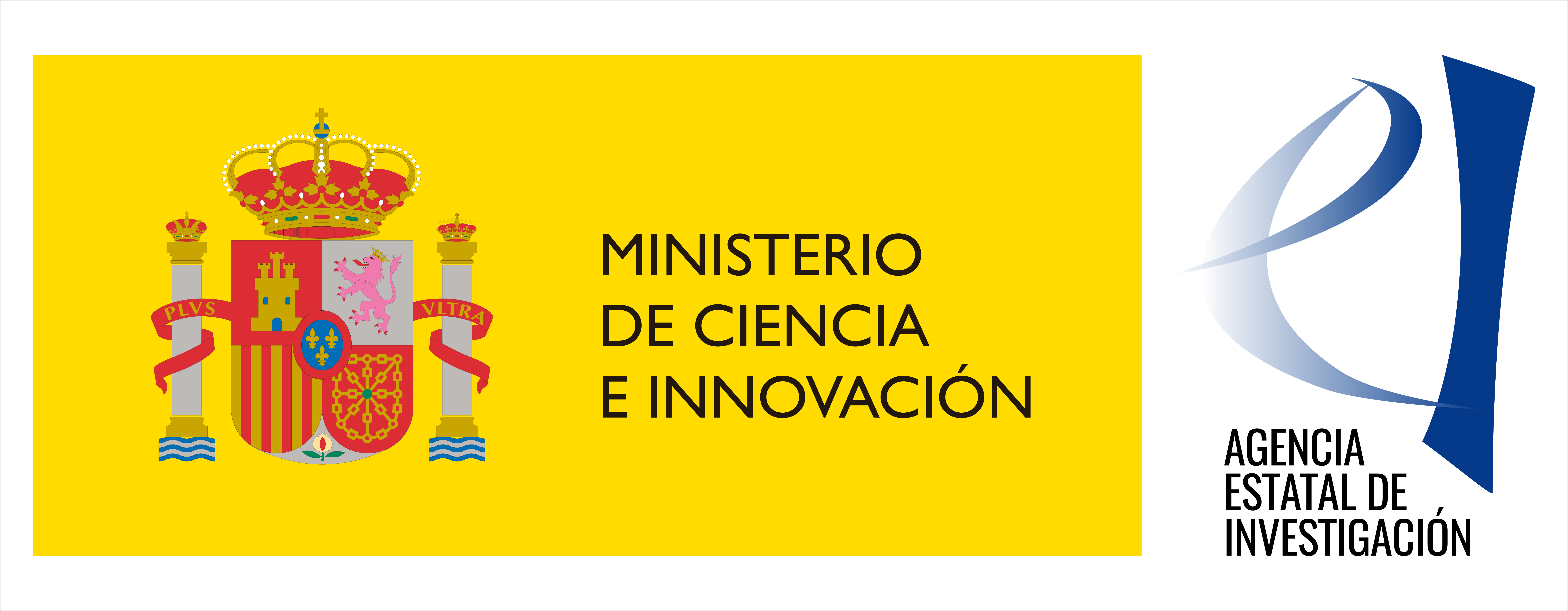New proceeding for obtaining the degree of disability as a result of Royal Decree 888/2022 and its impact on the assessment of academic autism spectrum disorder
DOI:
https://doi.org/10.12795/e-RIPS.2023.i02.07Keywords:
Disability, Autism, Biopsychosocial model, Diagnosis, ScaleAbstract
The procedure for obtaining the degree of disability contained in Royal Decree 888/2022 undertakes the assessment of disability with more specificity in each specific case, highlighting the streamlining of procedures. A more humane approach is introduced in its regulation in line with the vision of disability offered by the international convention on the Rights of Persons with Disabilities. In addition, it is aligned with the biopsychosocial model of
disability of International Classification of Disability and Health Functioning, approved in 2001 by the World Health Organization (WHO) and known as ICF. As a novelty and of additional interest for this research, this scale incorporates the “pervasive developmental disorder,” where the fundamentals of autism (ASC) are collected. It will produce a transcendental milestone since it will distinguish this disorder in its evaluation from intellectual disability.
Downloads
References
Campo Blanco, M.; Crespo Cuadrado, M.; Verdugo Alonso, M. A.: “Historia de la clasificación internacional del funcionamiento de la discapacidad y de la salud (CIF): un largo camino recorrido”, Siglo Cero: Revista Española sobre Discapacidad Intelectual, vol. 34, núm. 205, 2003, pp. 20-26.
García Horta, C.; Sahagún Navarro, M.; Villatoro Bongiorno, K.: “Calidad de vida en personas con trastorno del espectro del autismo”, Orbis: revista de Ciencias Humanas, vol. 12, núm. 36, 2017, pp. 65-82.
Ha, S. et al.: “Characteristics of brains in autism spectrum disorder: structure, function, and connectivity across the lifespan”, Experimental neurobiology, vol. 24, núm. 4, 2015, pp. 273-284. DOI: 10.5607/en.2015.24.4.273.
López Gómez, S.; Rivas Torres, R. M.; Taboada Ares, E. M.: “Revisiones sobre el autismo”, Revista Latinoamericana de Psicología, vol. 41, núm. 3, 2009, pp. 555-570.
Ministerio de Sanidad, Servicios Sociales e Igualdad: Clasificación Internacional de Enfermedades (CIE-10), Boletín Oficial del Estado, Madrid, 2018, accesible en: https://www.sanidad.gob.es/estadEstudios/estadisticas/normalizacion/CIE10/CIE10ES_2018_diag_pdf_20180202.pdf.
Organización Mundial de la Salud (OMS): Clasificación Internacional del Funcionamiento, de la Discapacidad y de la Salud: CIF, IMSERSO, Madrid, 2001, accesible en: https://iris.who.int/bitstream/handle/10665/43360/9241545445_spa.pdf?sequence=1.
Querejeta, M.: “Las herramientas del nuevo paradigma de la salud en el siglo XXI: CIE / CIF”, Revista Española de Salud Pública, vol. 83, núm. 6, 2009, pp. 771-773, DOI: 10.1590/s1135-57272009000600001.
Querejeta González, M.: Discapacidad/Dependencia: unificación de criterios de valoración y clasificación, Ministerio de Trabajo y Asuntos Sociales, Madrid, 2012, accesible en: http://www.index-f.com/lascasas/documentos/lc0181.pdf.
Romero Ayuso, D. M.: “Actividades de la vida diaria”, Anales de Psicología, vol. 23, núm. 2, 2007, pp. 264-271.
Sánchez Guerrero, A.: “Adaptación del puesto de trabajo para personas afectadas de trastorno del espectro del autismo”, Revista Internacional y Comparada de Relaciones Laborales y Derecho del Empleo, vol. 10, núm. 3, 2022, pp. 310-382.
Soler Belda, R. R.: “Declaración de la discapacidad y beneficios sociales en las personas con TEA (Trastornos del Espectro Autista)”, Revista Estudios Jurídicos, núm. 20, 2020, pp. 345-378, DOI: 10.17561/rej.n20.a15.
Villate Baquero, N. S.: La morfometría como método de ayuda para el diagnóstico del autismo [Tesis de Grado], Universidad Militar Nueva Granada (Colombia), 2020, accesible en https://repository.unimilitar.edu.co/handle/10654/36775.
Wing, L. y Gould, J.: “Severe impairments of social interaction and associated abnormalities in children: Epidemiology and classification”, Journal of Autism and Developmental Disorders, vol. 9, núm.1, 1979, pp. 11-29, DOI: https://doi.org/10.1007/BF01531288.
Published
How to Cite
Issue
Section
License
Copyright (c) 2023 Alicia Sánchez Guerrero

This work is licensed under a Creative Commons Attribution-NonCommercial-ShareAlike 4.0 International License.
Authors being published in this journal agree to the following terms:
- Authors retain their copyright and they will guarantee to the journal the right of first publication of their work, which will be simultaneously subject to license recognition by Attribution-NonCommercial-ShareAlike (CC BY-NC-SA 4.0 DEED)
that allows others to share such work provided that the author’s name and his first publication in the e-International Review on Social Protection is stated. - Authors may take other non-exclusive distribution license agreements version of the published work (e.g. deposit in an institutional digital file or publication in a monographic volume) provided that the initial publication in this journal is stated.
- Authors are allowed and encouraged to disseminate their work via the Internet (e.g. in institutional digital files or on their website) prior to and during the submission process, which can lead to interesting exchanges and to increase citation of the published work.
Accepted 2023-10-16
Published 2023-12-27
- Abstract 133
- PDF (Español (España)) 259
- HTML (Español (España)) 5










